Summary: OpenAI has integrated its groundbreaking image generator, Dall-E 3, into ChatGPT. This feature allows subscribers to prompt the chatbot to create a range of unique images. But as these tech advances excel, they stir legal and ethical debates. From concerns about copyright infringement to the spread of disinformation — the advancement is met with both excitement and unease. This post explores these implications, offering insights beneficial for lawyers, doctors, and consultants in Mid-Michigan.
Guardrails in Image Creation
OpenAI’s latest image generator, Dall-E 3, has been integrated into ChatGPT — a step forward in AI tech. The new feature allows subscribers to do impressive things; they can prompt the chatbot to create a set of four distinct images. Dall-E 3 is available for free trials through Microsoft’s Bing Image Creator, a move inviting more users to explore its capabilities. But with every tool, there are limitations. Guardrails have been erected to curb extreme and inappropriate imagery. Still, the question remains — how effective are these in the face of the tool’s potential misuse?
Getting Started & Usage Limitations
OpenAI has made using Dall-E 3 as straightforward as possible. To get started, ChatGPT Plus subscribers can switch on the feature after logging into OpenAI’s website or mobile app. However, balance is crucial, hence a usage cap exists. Subscribers can prompt Dall-E 3 up to fifty times every three hours. Though there’s a waiting duration for images to be generated, the benefits might outweigh the patience required. From the type of prompts to the choice in varied depictions, there is a slew of options. If the first results fall short of expectations, users can revise the color scheme or overall vibe until they attain desired outcomes.
Unsettling Concerns
While embracing the Dall-E 3 integration, we must also acknowledge inherent challenges with AI image generators. Unusual distortions, uncanny images, and the unintended veering into racial stereotypes are pressing issues that still need addressing. Another topic stirring concern is the challenge facing artists’ rights. It’s an evolving area in law: as technologies advance, how do we ensure creators’ protections evolve at the same pace? Today, the chatbot steers clear from mimicking contemporary artists’ works, though workarounds pop up. Thus, while improvements are visible, there’s still room for more work and vigilance.
Concluding Thoughts
In conclusion, the integration of Dall-E 3 into ChatGPT is a significant stride in image generation. The tool is not without its flaws and limitations, but these challenges also present opportunities for improvement. Legal and ethical concerns exist in tandem with the possibilities it offers. Users can experiment, create, and even influence the chatbot’s development moving forward. As we embrace these developments, let’s ensure we don’t lose sight of our collective responsibilities — making advancements that stand on the backbone of ethics and mutual respect.
#AIAdvancements #EthicsInTech #ImageGeneration #MidMichiganProfessionals
The exciting world of AI image generation continues to unfold. As it does, we strive to keep you up-to-date with the latest news, keeping in mind our commitment to a responsible tech future. Stay tuned for more insights.
More Info — Click HereFeatured Image courtesy of Unsplash and ZHENYU LUO (kE0JmtbvXxM)
